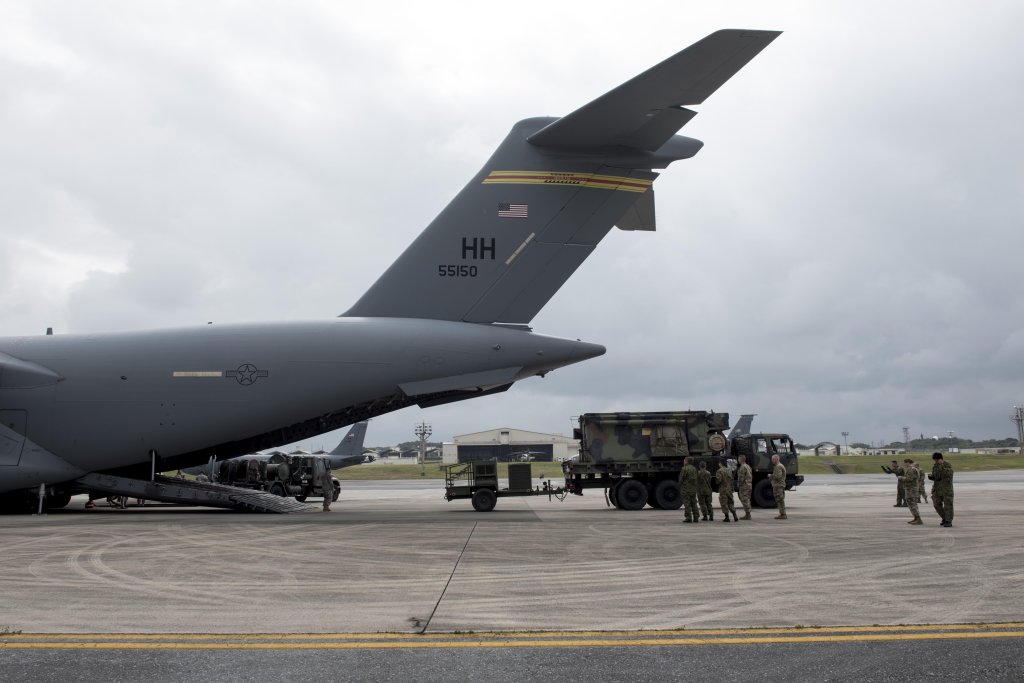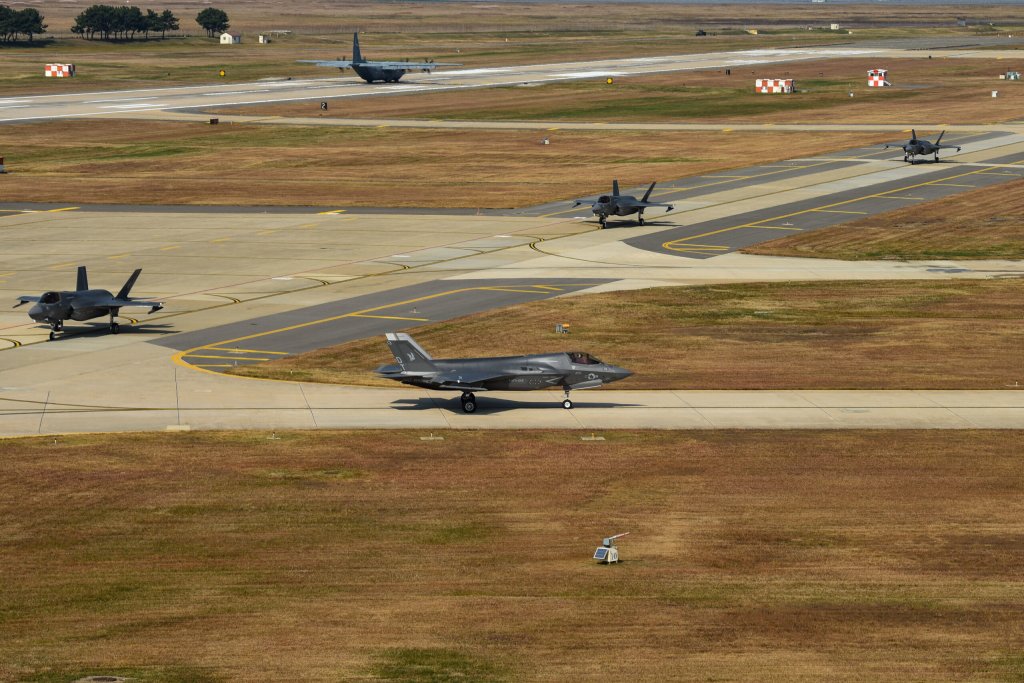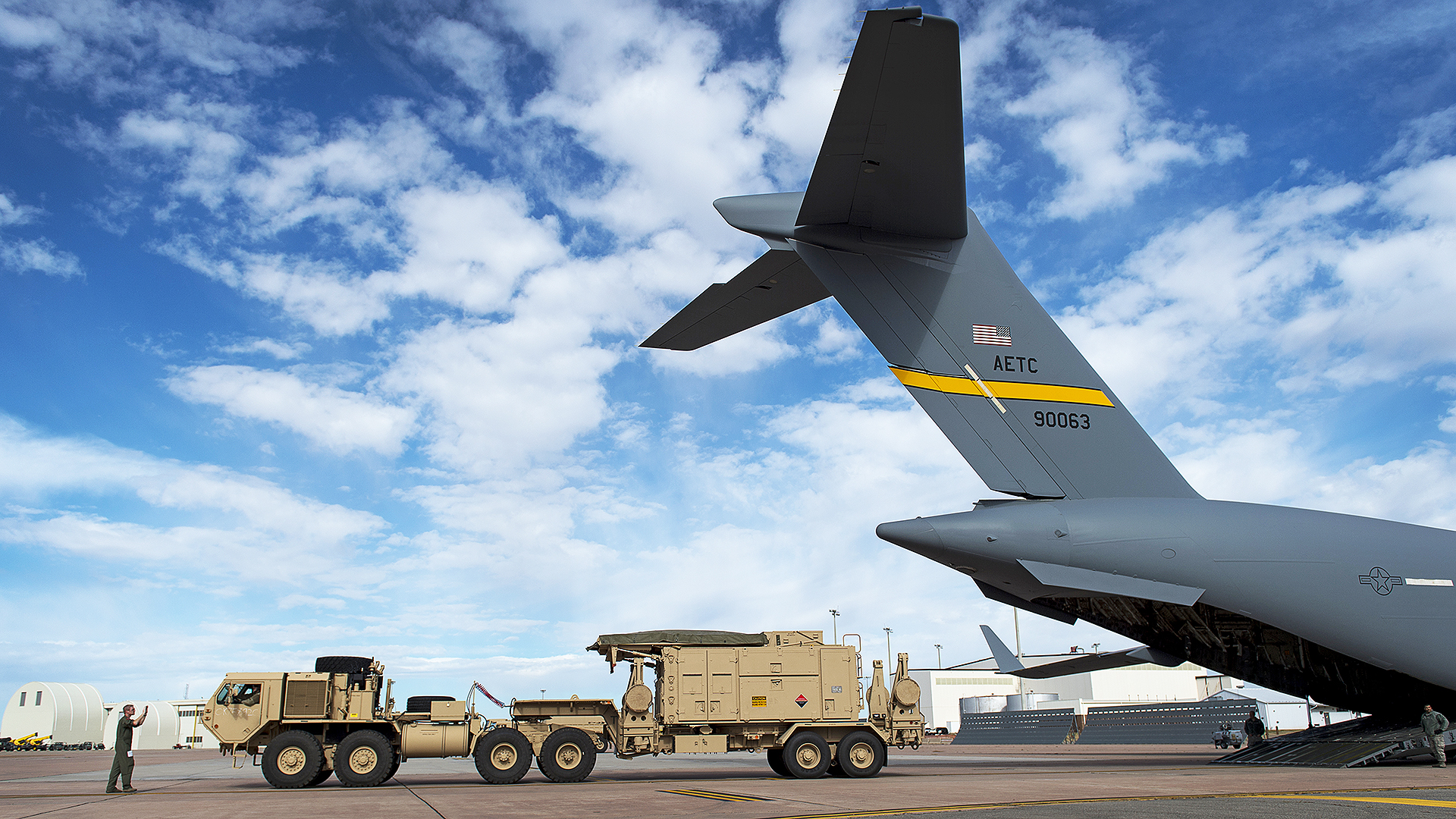When the U.S. wanted to bolster its forces in the Middle East ahead of a potential conflict with Iran, it took 73 C-17 loads to move one Patriot air defense battalion across the globe, the head of U.S. Indo-Pacific Command testified before Congress on Thursday. This is just one example of how hard-pressed U.S. military transport logistics would be in a time of a major conflict that would require massive movements — in the air and at sea — of materiel, and especially in a fight that would span large swathes of the Pacific.
“Our lift requirements must be paid attention to,” he said, adding that sustainment “won World War Two, absolutely.”
You can read more about how the U.S. military is rehearsing for a fight against China here.
The problem extends to the sea, as well. There are “significant gaps in sealift,” Navy Adm. Samuel J. Paparo Jr., commander of U.S. Indo-Pacific Command, told the Senate Armed Services Committee on Thursday. “First, the Combat Logistics Force in total is about 60% of the actual requirement. We account for that by hiring CONSOL [consolidated cargo operations] tankers and by contracting other capabilities. But when the unforgiving hour comes, the only ships we will be able to commit to areas to put into harm’s way will be gray ships. And as I utter these words, 17 of those Combat Logistics warships are laid up for lack of manpower.”
You can read more about concerns over the U.S. military’s sea lift capacity in our story here.

There are similar concerns about moving jet fuel by air, Paparo explained, putting emphasis on America’s tanker gap.
“We have to have many millions of pounds of fuel, of jet fuel in the air for every capability,” he noted. “And so our tanker fleet is below what we need. We account for that for some contract air services as well. But once again… you have to have a gray tail.”

In addition to the Patriot battalion, the Pentagon has also ordered the Carl Vinson Carrier Strike Group (CSG) to move from the Pacific to its current location in the Middle East, where it joined the Truman CSG already on station. Additional land-based fighters and B-2 stealth bombers have also flowed into the region, all of which requires extensive airlift support.
The moves were made as the U.S. has launched an ongoing campaign against the Houthis and is pressuring Iran to agree to a new nuclear weapons deal. Asked about how the shift in resources from his theater to the CENTCOM region is affecting his capabilities, Paparo said he has to maintain constant vigilance to potential threats.
“We do have [the] George Washington [Carrier Strike Group] coming out of [Fleet Activities Yokosuka] very shortly, and [the] Nimitz [Carrier Strike Group] is at sea. We have to maintain a high state of indications and warning so that we can get those forces back if there is a crisis with greater exigence” than the one in the CENTCOM region.
The reality of having to make do with what is on hand is something that U.S. Forces Korea has to live with, Army Gen. Xavier T. Brunson explained to the committee.
“It’s why we began to look at, how can we set the theater now, looking at the stores of munitions, some of which will expire soon,” Brunson, commander of United Nations Command, Combined Forces Command, and United States Forces Korea, testified. “How do we get those replaced in a quick fashion, so that we don’t provide drain for sustainment things in order to prosecute the campaign?”
“I’m readily aware of the fact that I’m fighting until help comes,” he added. “That’s what we’re expected to do there, myself and the Republic of Korean forces, as well as the forces apportioned to UN Command, we’re fighting until they get there. So a great many of the exercises that we do … are all aimed at understanding what magazine depth needs to be resident on the peninsula so we don’t have to count on external support coming …”
Sen. Eric Schmitt (R-MO) suggested that “it is fair to say a lot of those plans that are being drawn to account for the fact that we probably don’t have the inventory that we need right now.”
“That would be accurate,” Brunson responded. “We’re challenging those assumptions every day.”

The current U.S. campaign against the Houthis in Yemen shines a further spotlight on the U.S. military’s resource strains.
“The military offensive, which was launched on March 15, has already used hundreds of millions of dollars worth of munitions for strikes against the group,” CNN reported last week. That includes AGM-158 Joint Air-to-Surface Standoff Missile or JASSMs, AGM-154 Joint Standoff Weapon (JSOW) glide munitions and Tomahawk Land Attack cruise missiles, sources told the network.
During a media roundtable session at the Sea Air Space symposium this week, The War Zone asked the acting chief of naval operations if the Navy has enough munitions to fight the Houthis and support any required efforts in the Pacific.
“… we have to get after … our munitions industrial base … to increase more munitions,” Adm. James Kilby told us. “We certainly need depth of magazine if we’re going to get into a protracted conflict.”
Taken as whole, the logistics limitations of the U.S. military, and lack of investment into these key areas, appear to be becoming more of a pressing topic as crises around the globe have put pressure on the system. This has occurred outside of a high-end sustained conflict. Whether or not enough money will start to move into addressing these deficiencies is still unknown, but it seems that the reality that no matter how potent your kinetic capabilities are, they won’t be effective for long without robust and sustained logistics support.
Contact the author: howard@thewarzone.com
